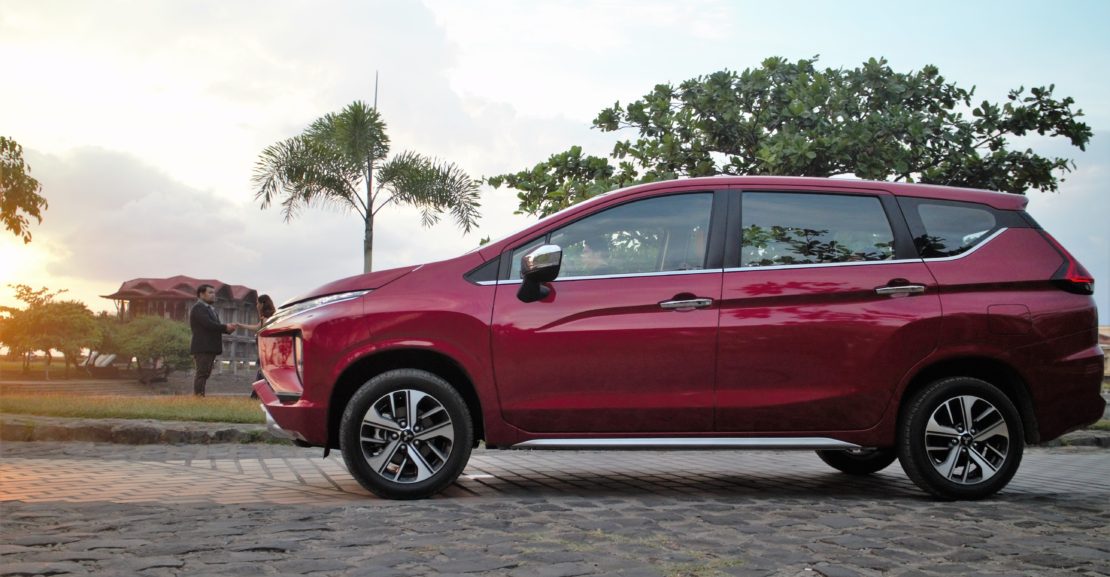If you’re a car buyer or enthusiast, you’re probably already familiar with the Xpander, one of Mitsubishi’s most recent vehicle offerings. The car was officially introduced last March as a sort of replacement for the ever-popular but aging Mitsubishi Adventure. However, there’s a marked difference between the two: while the Adventure was marketed as an Asian Utility Vehicle (AUV), the Xpander offers a unique selling proposition as a new-generation Multi-Purpose Sport Utility Vehicle.
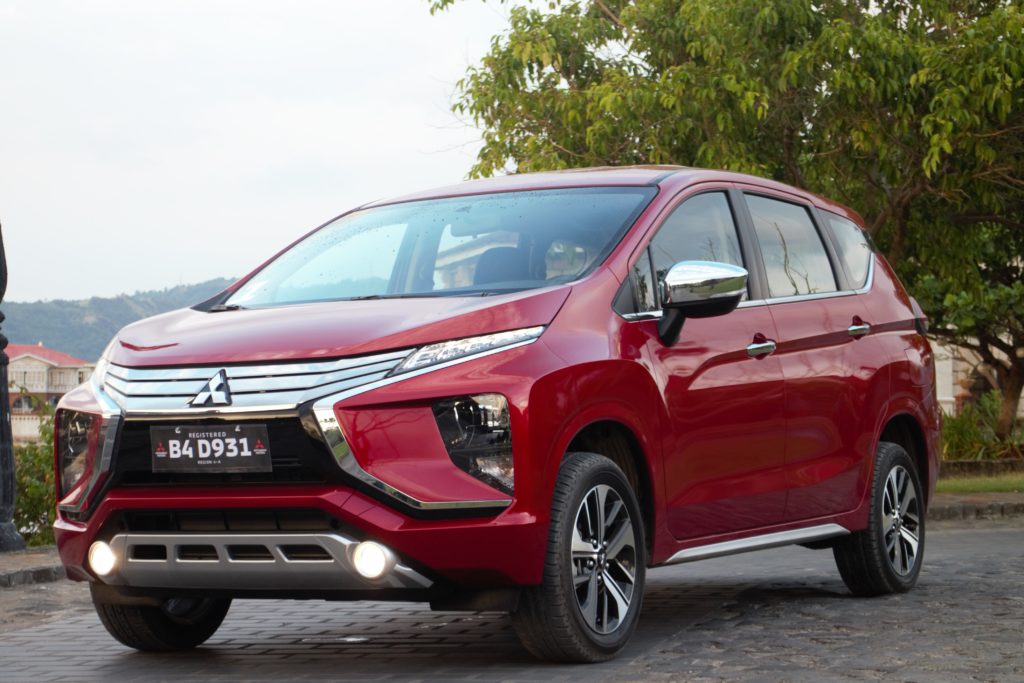
To be honest, it’s really hard to grade a vehicle nowadays as car manufacturers work overtime to improve every aspect of design, comfort, fuel efficiency, safety and technology of their cars, regardless of price point. There are several car reviews—both online and offline—that talk about performance and power of the engine, aesthetic beauty, space, comfort and technology, among others. While all these are important elements in car buying, I always look on a long-term deal, and that is, the value it offers to me and my family.
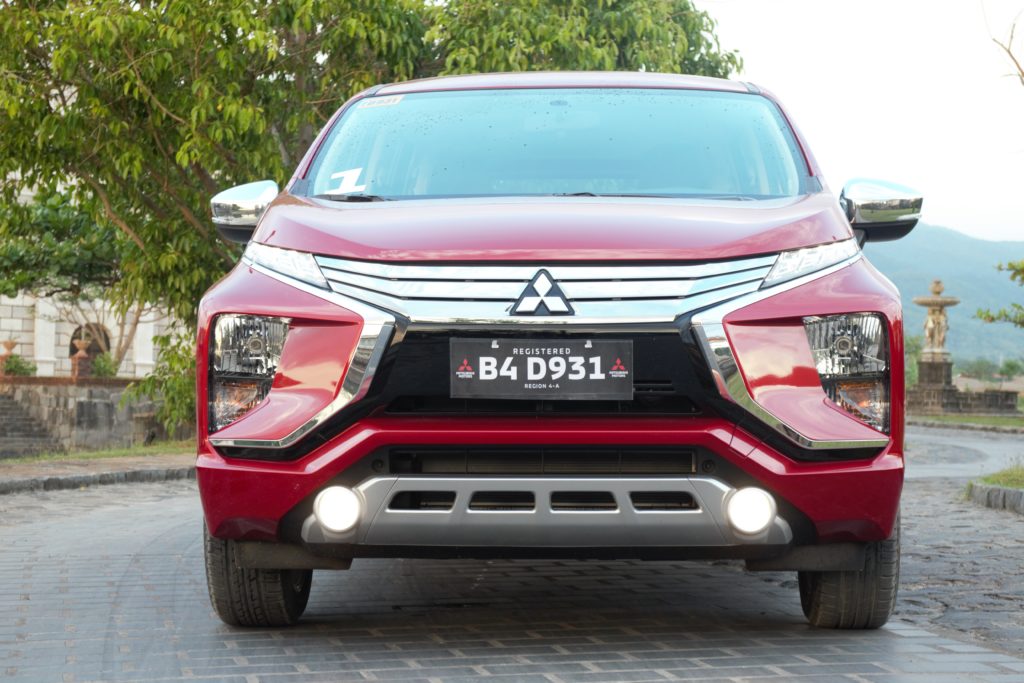
Recently, I took the chance to test-drive the Mitsubishi Xpander. From a buyer’s perspective, I knew that there’s something special about this particular car.
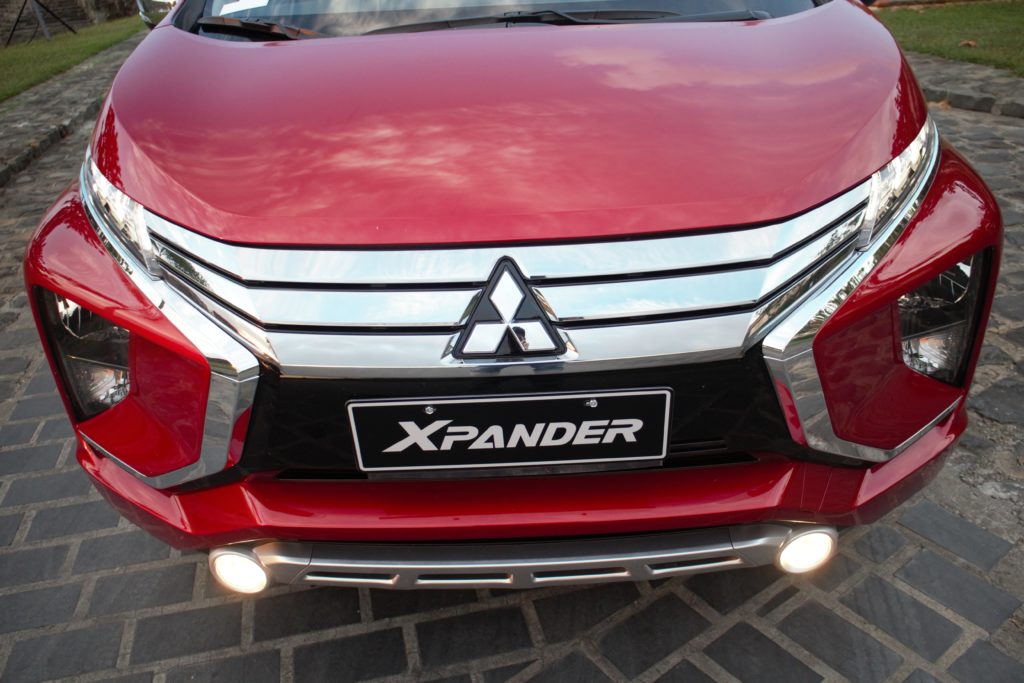
Honestly, the Mitsubishi Xpander really caught my eye. I saw the Xpander several times in a car show abroad, and from the beginning, it looked to me like a revolutionized Montero Sports with its sleekness and head-turning futuristic appeal.
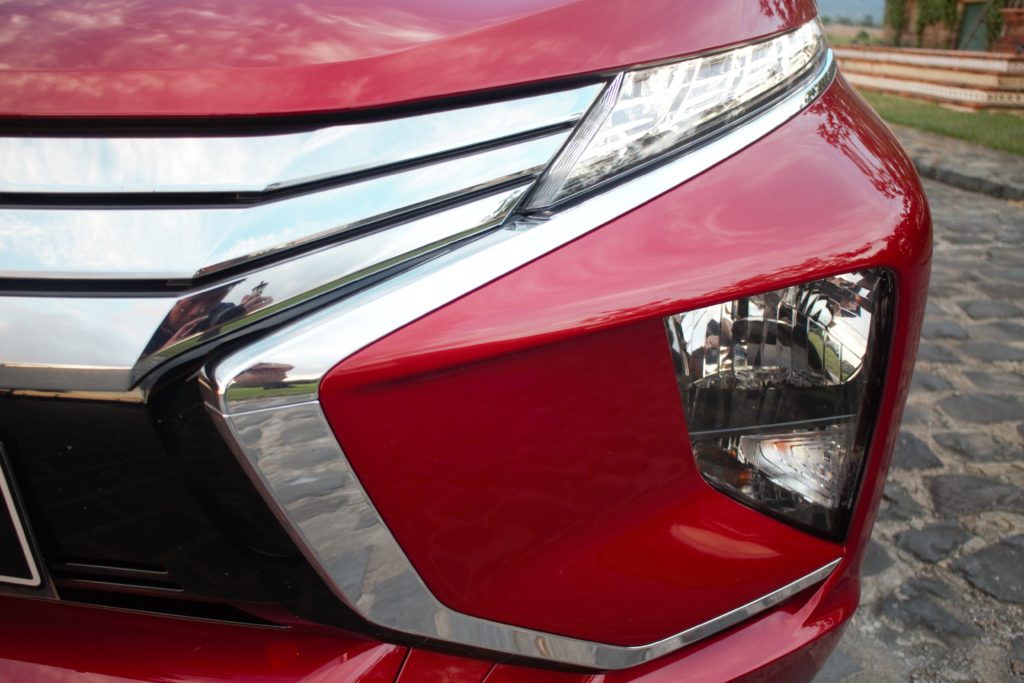
But does the design matter when buying a car? The answer is a resounding yes! In this 20th century, when aesthetics are believed a prime consideration, it makes sense that your vehicle stands out from the rest. It’s like buying a pair of plain sneakers versus a limited-edition Jordan kicks, so to speak.
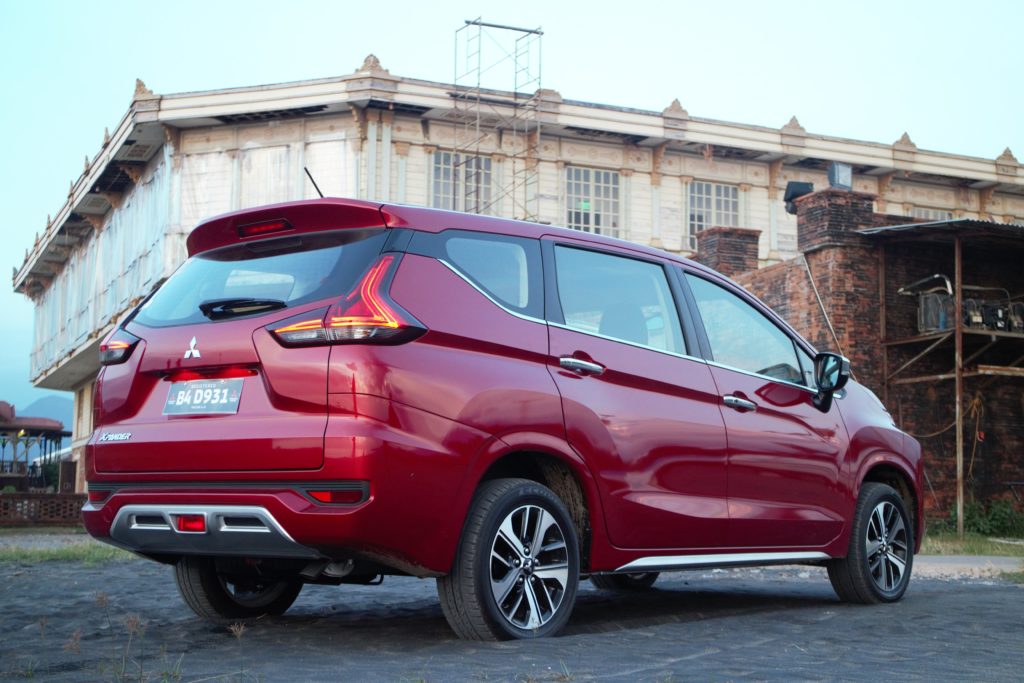
Well, if there’s one thing that truly sets Mitsubishi’s Xpander apart, it would be its signature second-generation Dynamic Shield design. I’m not exaggerating, but design-wise, this car is far ahead from the others. The Xpander has cleverly combined the styling with an appropriate shoe outfit of 16-inch two-tone alloy wheels, providing the vehicle plenty of “pogi” points as a Multi-Purpose Sport Utility Vehicle.
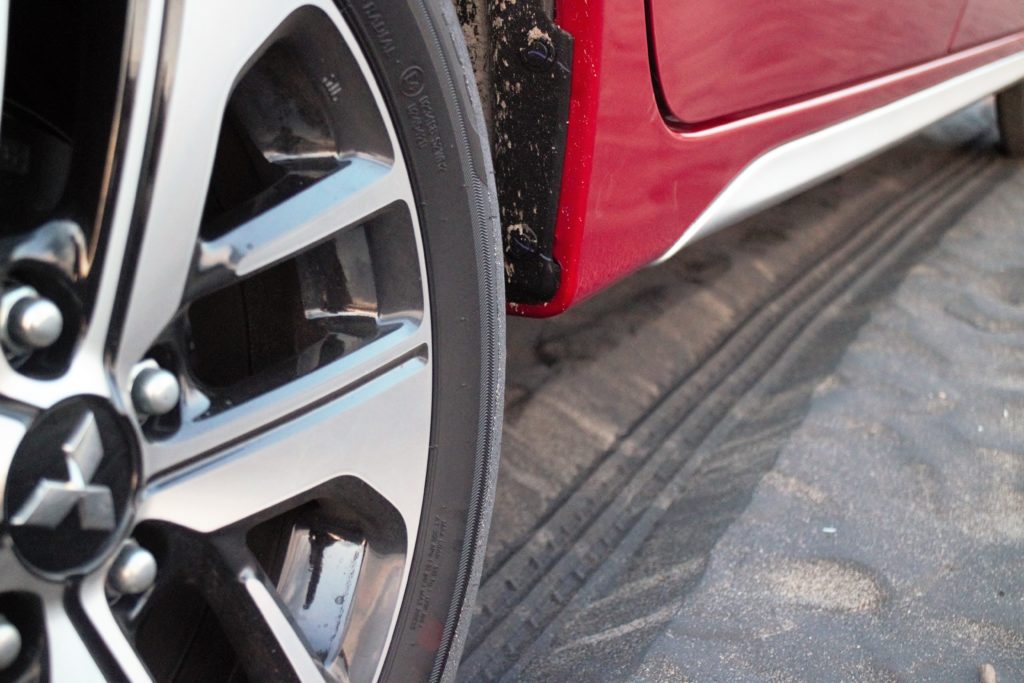
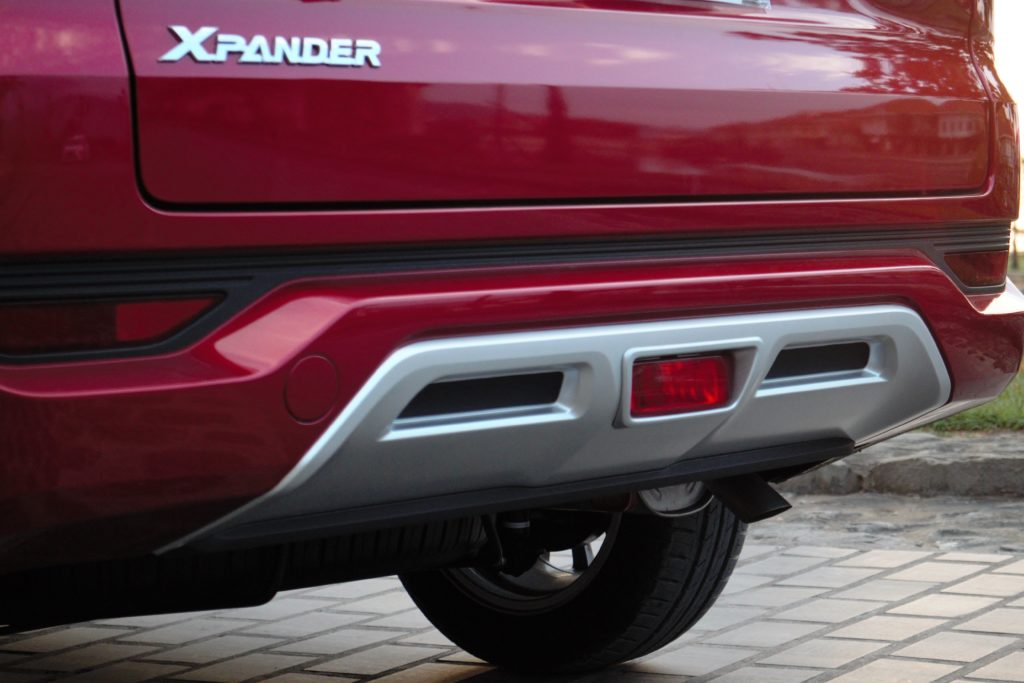
Space-wise, the Mitsubishi Xpander offers three rows of forward-facing seats that comfortably seat seven. It can also carry large objects by simply folding flat the second and third row seats. (I can still attest that no bumps or gaps when all rows are folded).
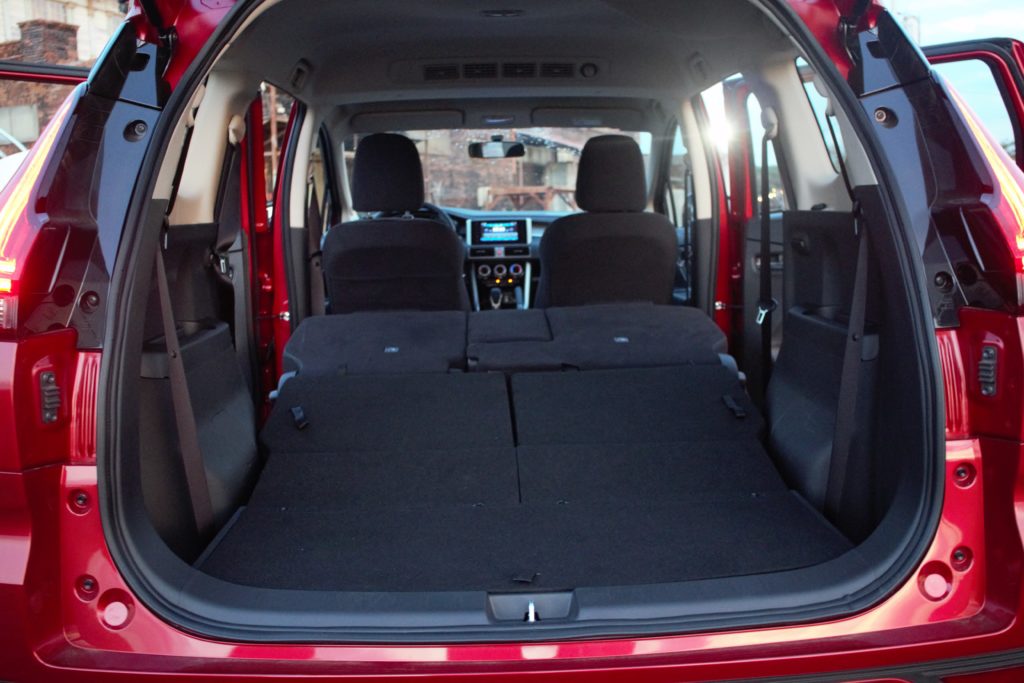
What’s more is that the Xpander has power outlets in all three rows, a large second-row center armrest, front passenger seat undertray, driver seatback with various pockets, and center console box with 12-volts power outlet.
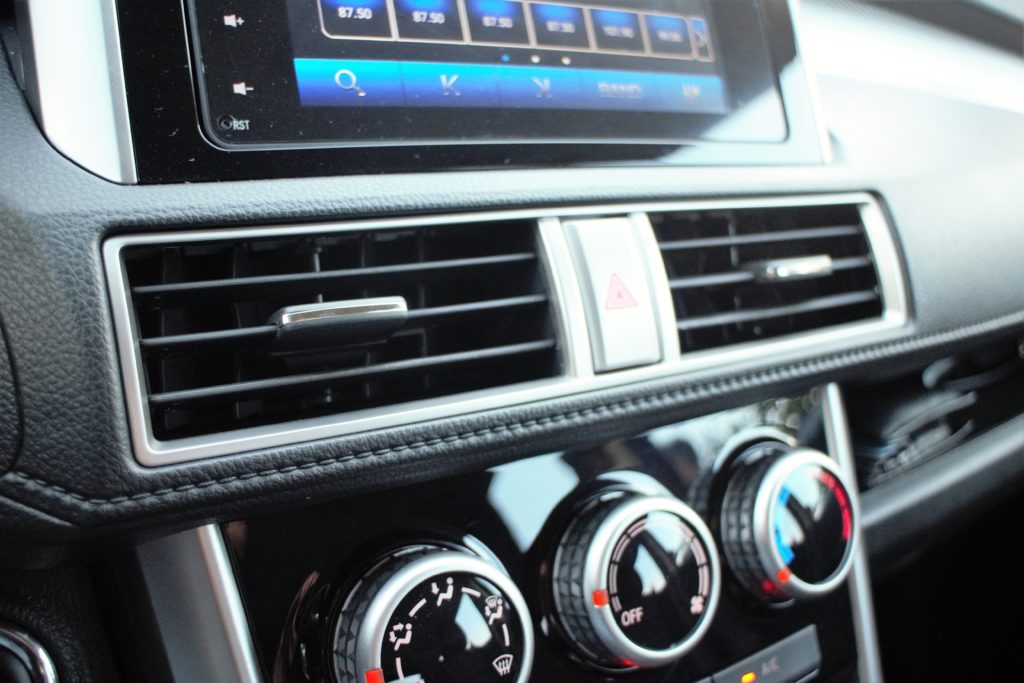
Although the Mitsubishi Xpander has four variants, all are powered by the same 1.5-liter 4-cylinder 16-valve DOHC engine that puts out 105 horsepower and 141 Newton-meters of torque. This is then mated to an electronically controlled four-speed automatic transmission with Mitsubishi Innovative Valve Timing Electronic Control (MIVEC) system. (A perfect design for Metro’s hellish traffic!)
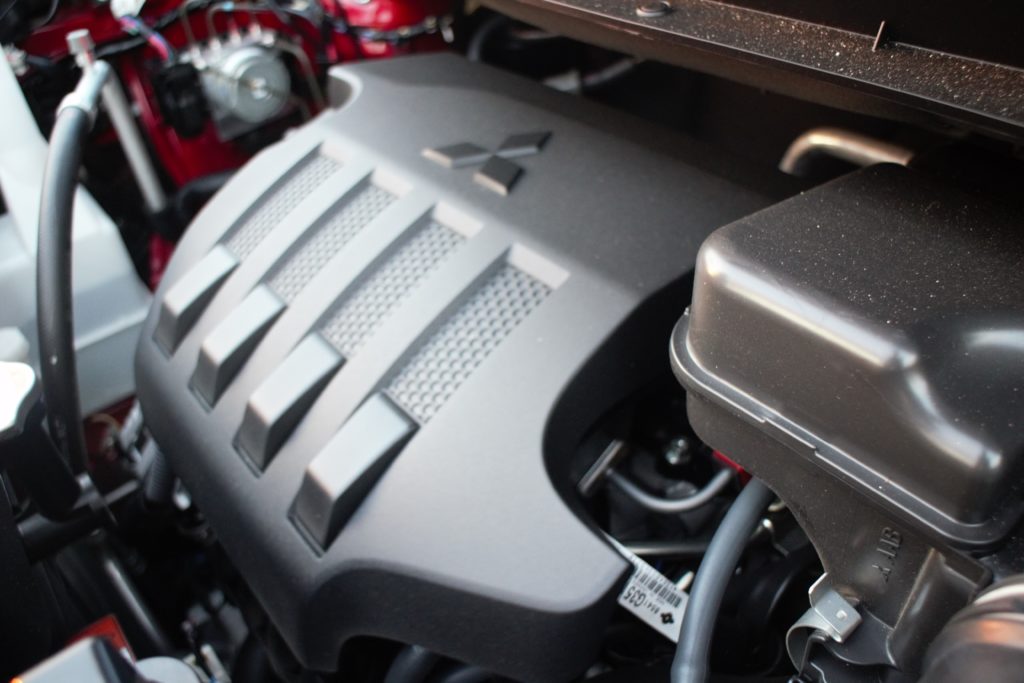
Frankly, I have no qualms regarding the car’s on-road performance. The Xpander gave a smooth and quiet driving experience, beyond anyone’s expectation.
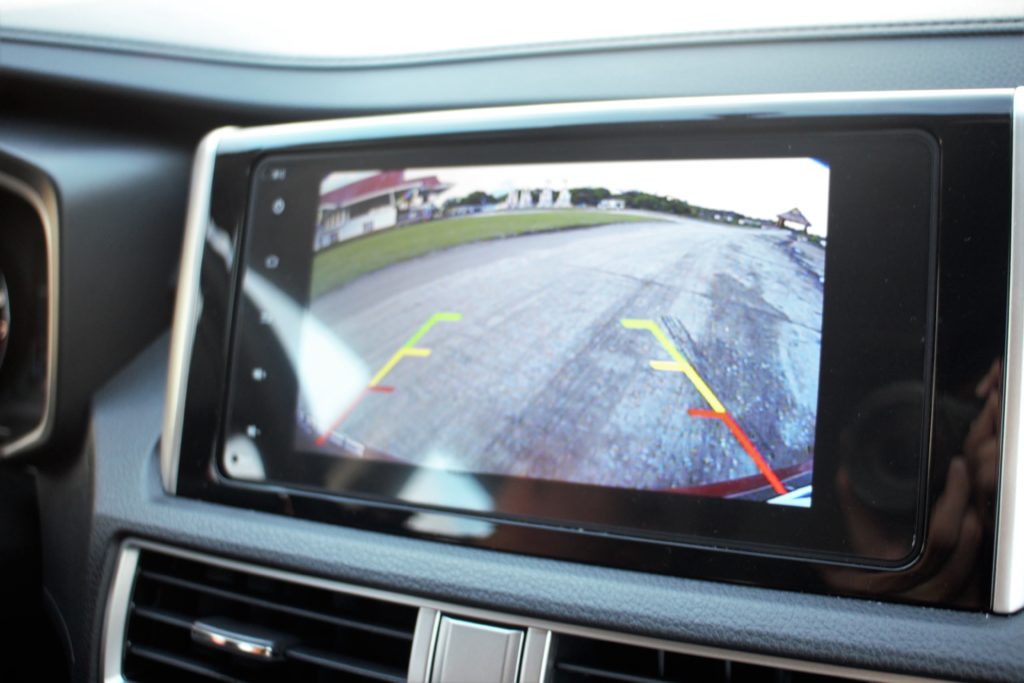
My drive with the Xpander netted a fuel consumption average 9-kilometers per liter in the city and even better in the highway with 11.5- kilometers per liter. On the road, the Mitsubishi Xpander provides a car-like ride and relatively sporty handling that makes it a lot of fun to drive.
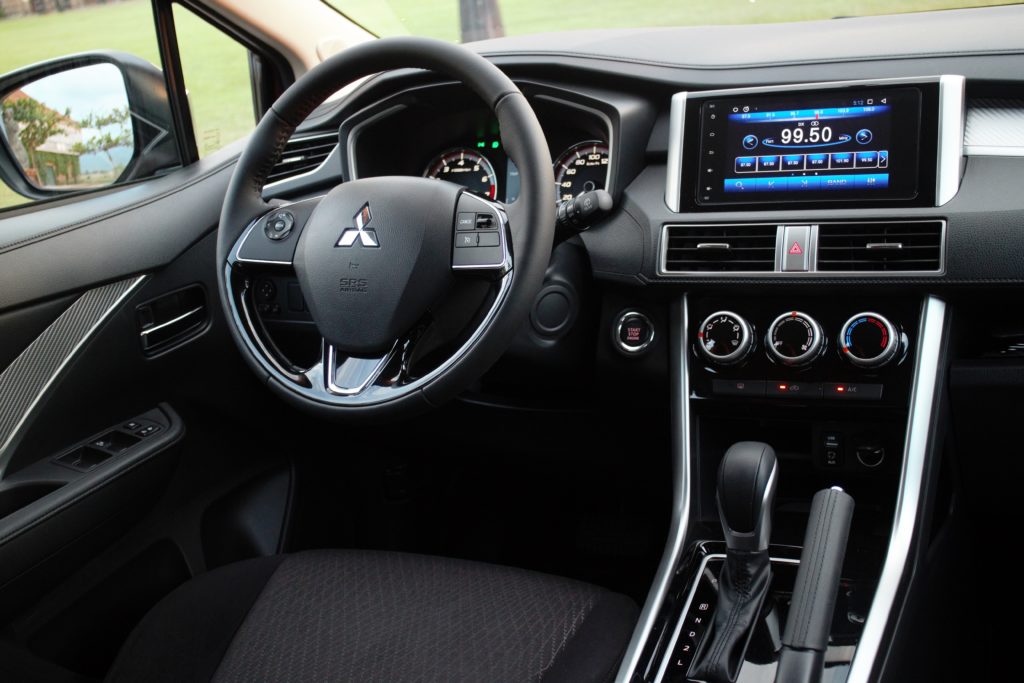
In terms of safety, Mitsubishi Xpander takes a big step forward by providing the driver with an ample of opportunity to veer away from potential danger. As for standard safety features, the Xpander is equipped with front SRS airbags, active stability control, traction control, hill start assist, and anti-lock braking system (ABS).
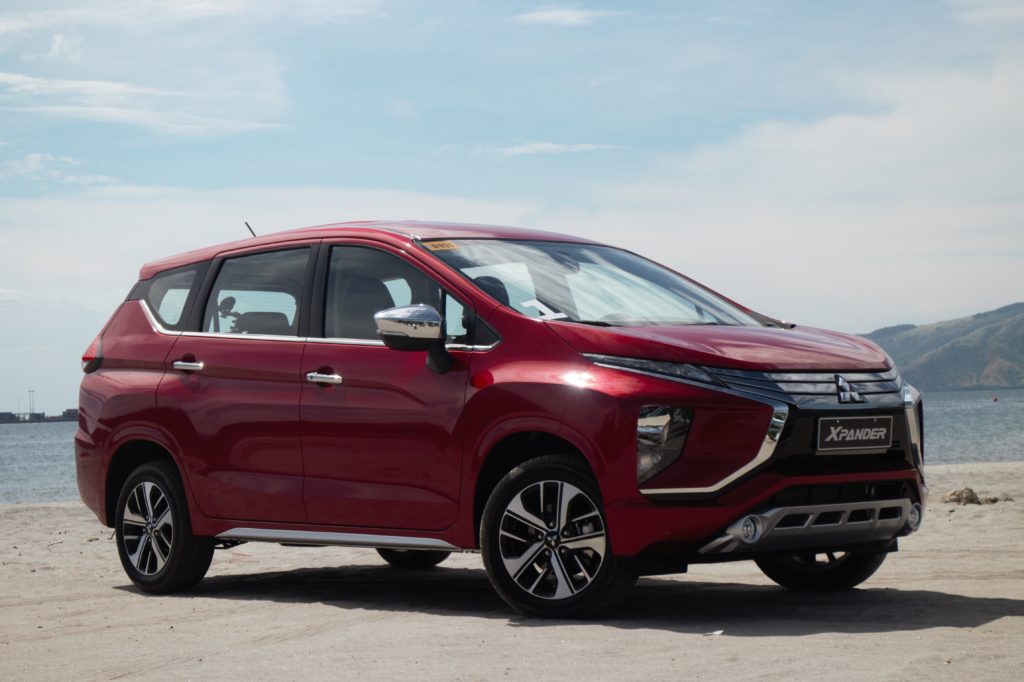
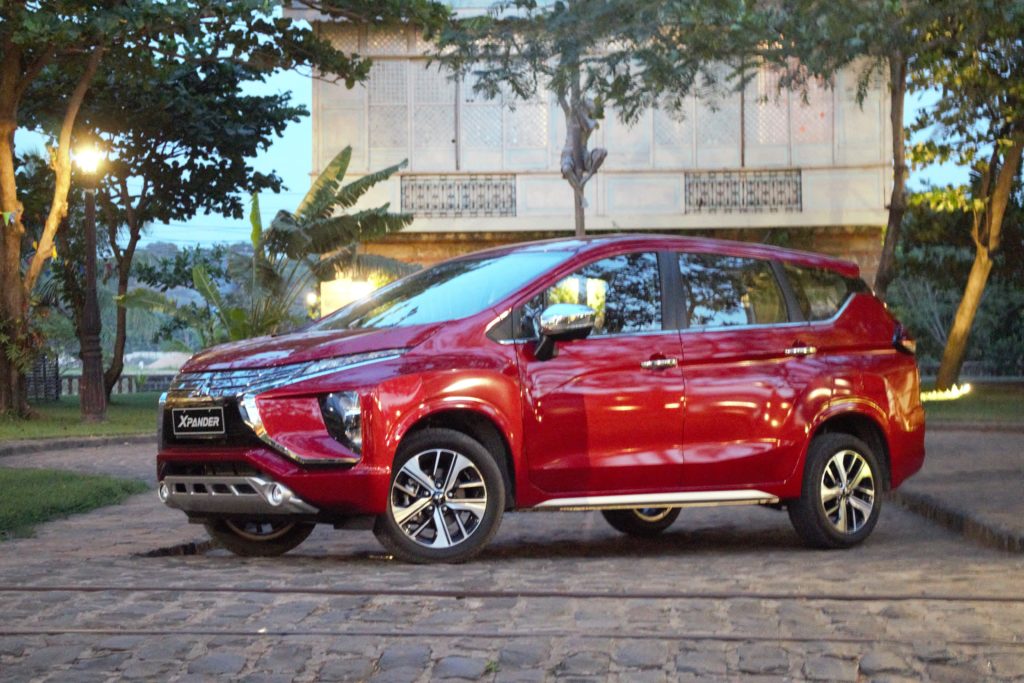
Priced at P1.175 million, the Mitsubishi Xpander is one heck of an MPV that provides an attractive combination of practicality and great value.

